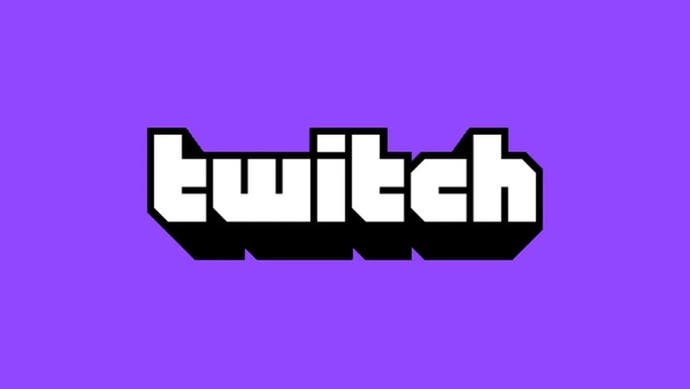Twitch responds to controversial revenue split, says 70/30 is "not viable in the long term"
Also working to improve intrusive ad experience.
Twitch has responded to its controversial decision not to amend its revenue split for streamers.
At present, that split is 50/50 between Twitch and streamers, unlike key competition like YouTube that favours streamers with a 70/30 split. In a lengthy blog post last month, Twitch explained why it won't be amending this.
Then, at TwitchCon San Diego during the Patch Notes livestream, Twitch addressed the issue once again.
Twitch's chief monetisation officer Mike Minton was asked to respond to streamers upset by the news.
"The important thing for me is that me and my teams are one hundred percent focused on improving your ability to make income," he said. "At the end of the day, we're setting a framework for the long term so that you can all keep earning as long as possible and the next generation of streamers can have that same opportunity."
Regarding the split specifically he said: "We did look at all possible options. Could we do it, could we offer 70/30 widely and broadly, and the answer is no. It simply is not viable for Twitch in the long term."
He added that many streamers presume Amazon, the owner of Twitch, can step in, but "the thing to understand here is that Amazon expects Twitch to be able to thrive financially as an independent, sustainable business".
He surmised: "We recognise we're in this together. You all have the hard job of creating amazing, engaging content, building communities, keeping your communities safe, and our job is to build the tools that allow you to do that while making more money.
"The other factor within that is the cost of live streaming. It is simply an expensive endeavour to deliver high definition low latency globally available video around the internet. That's our partnership."
When asked how streamers are expected to earn more money without a higher revenue split, Minton highlighted other tools Twitch has implemented for streamers to make money. That includes subscriptions through Amazon Prime, gift subs, hype trains, and ad incentive programmes.
Speaking of advertisements, Minton was also questioned on the prevalence of ads on the platform and how the experience can be improved - a major issue on the platform at present.
"Poorly timed ads can be a bad experience," he admitted. "Nobody wants to miss out on the action, nobody wants to have an ad get in the way of finding a new streamer...We fully appreciate the bad ad experience is good for nobody. But it is also true that many streamers rely on ads as a predictable, meaningful source of their income from Twitch."
He estimates that when streamers regularly hit over 80 concurrent viewers, ad revenue becomes 20 to 25 percent of total revenue earned on the platform.
He confirmed that Twitch is working to improve the midroll experience of adverts during a stream, the visibility for streamers on when adverts are being shown, and less interruptive formats. He also recognised that the ad economics for smaller streamers are less favourable and need to be improved.
Lastly, Minton confirmed that skippable ads are being considered, but his team is prioritising ad breaks over prerolls and will need to determine where skippable ads make the most sense, for instance for returning viewers.


